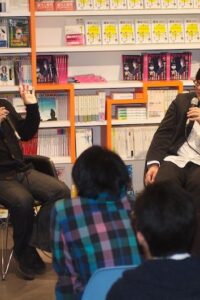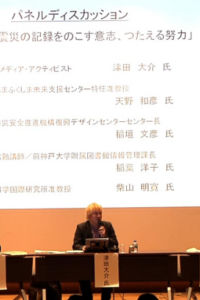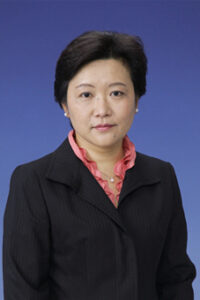
In 2012, director Hosoda Mamoru scored a big hit with a movie called Wolf Children. Unlike conventional animated movies, it was full of messages aimed at families raising young children. On September 25, while the movie was in theaters, Hosoda’s first child (a son) was born, thrusting the director right into the heart of child raising himself. He met up twice with the genron etc.’s Editor-in-Chief, who himself has a daughter in elementary school, for an in-depth discussion regarding the hidden messages in Wolf Children and the isolating effects of becoming a father. Where does being a parent start? And where does it end? Hosoda Mamoru: I didn’t have children when I was making the movie. Although my wife and I had always wanted to be parents, we just hadn’t been blessed with a child at that point. We started going to the hospital ... ... [Read more]

